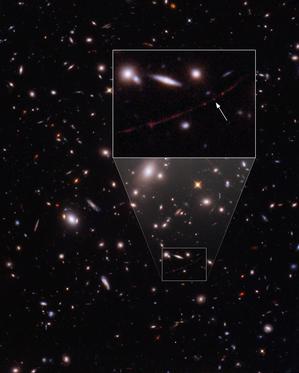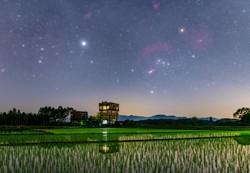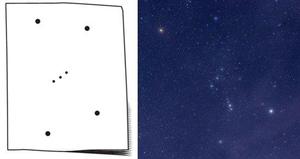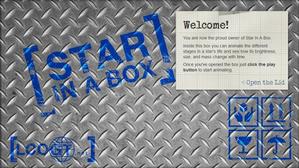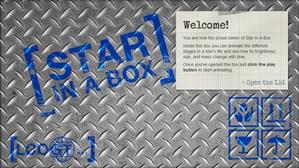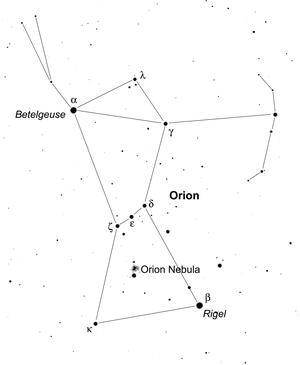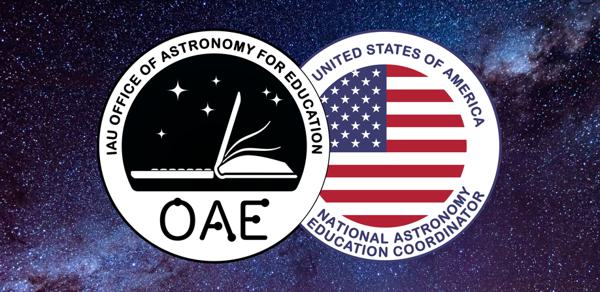Glossarbegriffe: Stern
Description: Ein Stern ist eine Kugel aus Plasma (ein Teilchengemisch aus Atomkernen, die von ihren Elektronen getrennt sind), der durch seine eigene Schwerkraft zusammengehalten wird. Im Zentrum des Sterns erzeugen Kernfusionsprozesse einen inneren Druck, welcher verhindert, dass der Stern kollabiert. Astronomen verwenden die Begriffe "Gas" und "Plasma" nicht immer völlig korrekt im strengen physikalischen Sinn: Daher bezeichnen sie Sterne auch als Gaskugeln. In der Atmosphäre eines Sterns kann das Plasma nur teilweise ionisiert sein und (je nach Temperatur des Sterns) sogar einige Atome enthalten.
Der Stern, der der Erde am nächsten ist, ist die Sonne.
In einem allgemeineren Sinne umfasst das Wort "Stern" auch Protosterne, bei denen die Kernfusion noch nicht begonnen hat, und kompakte Objekte wie Neutronensterne oder Weiße Zwerge: Ein Stern kann sich je nach Masse in einen Weißen Zwerg oder in einen Neutronenstern verwandeln, wenn er den Brennstoff für die Kernfusion aufgebraucht haben. Solche "Stern-Überreste" sind nicht einfach nur Plasmakugeln: Ein Weißer Zwerg kann nach zu einer ungewöhnlichen Art von Festkörper kristallisieren, nachdem er sich Milliarden Jahre lang abgekühlt hat. Neutronensterne haben eine große Ähnlichkeit mit gigantischen Atomkernen.
Ob mit bloßem Auge oder mit Teleskopen für sichtbares Licht: Sterne sind die auffälligsten Objekte am Nachthimmel. Im Universum sind sie normalerweise in Galaxien zu finden, wobei im Allgemeinen jeder Stern von einem oder mehreren Planeten begleitet wird. Die Untersuchung der Entstehung und Entwicklung von Sternen ist ein wichtiger Teilbereich der Astrophysik.
Zugehörige Glossarbegriffe:
See this term in other languages
Term and definition status: The original definition of this term in English have been approved by a research astronomer and a teacher The translation of this term and its definition is still awaiting approval
The OAE Multilingual Glossary is a project of the IAU Office of Astronomy for Education (OAE) in collaboration with the IAU Office of Astronomy Outreach (OAO). The terms and definitions were chosen, written and reviewed by a collective effort from the OAE, the OAE Centers and Nodes, the OAE National Astronomy Education Coordinators (NAECs) and other volunteers. You can find a full list of credits here. All glossary terms and their definitions are released under a Creative Commons CC BY-4.0 license and should be credited to "IAU OAE".
If you notice a factual or translation error in this glossary term or definition then please get in touch.
Zugehörige Medien
A gravitational lens magnifies one of the first stars
Bildnachweis: NASA, ESA, B. Welch (JHU), D. Coe (STScI), A. Pagan (STScI) credit link
License: CC-BY-4.0 Creative Commons Namensnennung 4.0 International (CC BY 4.0) icons
Wachturm und Reisfelder unterm Sternenhimmel
Bildnachweis: Likai Lin/IAU OAU
License: CC-BY-4.0 Creative Commons Namensnennung 4.0 International (CC BY 4.0) icons
Related Activities
What is a Constellation?
astroEDU educational activity (links to astroEDU website) Description: Investigate three dimensional objects and perspective using constellations
License: CC-BY-4.0 Creative Commons Namensnennung 4.0 International (CC BY 4.0) icons
Tags:
Hands-on
Age Ranges:
6-8
, 8-10
Education Level:
Primary
Areas of Learning:
Modelling
, Social Research
Costs:
Medium Cost
Duration:
1 hour 30 mins
Group Size:
Group
Skills:
Analysing and interpreting data
, Asking questions
, Constructing explanations
, Developing and using models
Star in a Box: Advanced
astroEDU educational activity (links to astroEDU website) Description: Explore the life-cycle of stars with Star in a Box activity.
License: CC-BY-4.0 Creative Commons Namensnennung 4.0 International (CC BY 4.0) icons
Tags:
Hands-on
, Interactive
, Software
Age Ranges:
10-12
, 12-14
, 14-16
, 16-19
Education Level:
Middle School
Areas of Learning:
Technology-based
Costs:
Low Cost
Group Size:
Group
Skills:
Communicating information
, Constructing explanations
Star in a Box: High School
astroEDU educational activity (links to astroEDU website) Description: Explore the life-cycle of stars with Star in a Box activity.
License: CC-BY-4.0 Creative Commons Namensnennung 4.0 International (CC BY 4.0) icons
Tags:
Hands-on
, Interactive
, Software
Age Ranges:
10-12
, 12-14
, 14-16
, 16-19
Education Level:
Middle School
Areas of Learning:
Technology-based
Costs:
Low Cost
Group Size:
Group
Skills:
Communicating information
, Constructing explanations
Star Hats
astroEDU educational activity (links to astroEDU website) Description: Make your star hat, learning about the stars
License: CC-BY-4.0 Creative Commons Namensnennung 4.0 International (CC BY 4.0) icons
Tags:
Art
, Creativity
, Hands-on
Age Ranges:
4-6
Education Level:
Pre-school
Areas of Learning:
Fine Art focussed
, Interactive Lecture
Costs:
Low Cost
Duration:
30 mins
Group Size:
Individual
Skills:
Asking questions
, Communicating information
How Light Pollution Affects the Stars: Magnitude Readers
astroEDU educational activity (links to astroEDU website) Description: Build a Magnitude Reader to explore the magnitude of stars.
License: CC-BY-4.0 Creative Commons Namensnennung 4.0 International (CC BY 4.0) icons
Tags:
Hands-on
, Dark skies
, ecology
Age Ranges:
10-12
, 12-14
, 14-16
, 16-19
Education Level:
Middle School
Areas of Learning:
Modelling
, Observation based
Costs:
Medium Cost
Duration:
1 hour
Group Size:
Group
Skills:
Asking questions
, Planning and carrying out investigations
